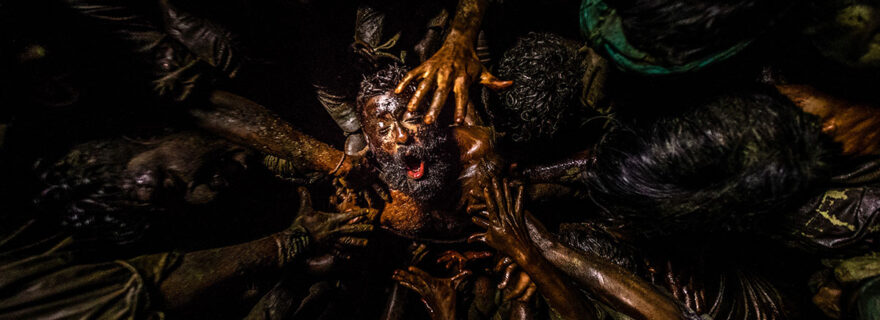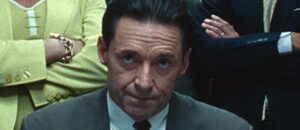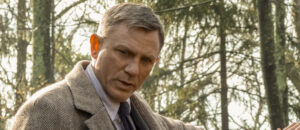Jallikattu
Movie Rating:
4.5
Jallikattu is a mesmerizing feat of the power of cinema, packaged in a simple story about a buffalo.
At its core, the brilliance of Jallikattu is the coexistence of its diametrically opposing natures. It has a simple story, but it’s excruciatingly complex in execution. It’s rural, but still crowded with people. Most of all, it’s both beautiful and violent. These polar constructs don’t create tension within the film (though it has plenty of that), but rather exist to show how these elements can coexist and don’t need to war with one another. Life can be both complicated and straightforward, and somehow we’re able to see all of that simultaneously on screen. Perhaps I’m getting ahead of myself here, so let’s take a step back.
At the very beginning of Jallikattu, we see awakening life as a rhythmic symphony, in a series of close-ups and quick cuts worthy of comparison to Dziga Vertov’s Man with a Movie Camera. Life in this film has a beat and pulse, and this entryway into its world shows us a different way of seeing the mundane. After the space of reflection, we’re eased into what turns out to be a very simple plot. A buffalo (think water buffalo, not American bison) has escaped from a butcher just prior to slaughter and is causing chaos around a southern Indian village. This beast is knocking down crops, destroying merchant’s stores, and bruising the egos of what looks like hundreds of men trying to catch the dang thing. The film has a few developed characters with some motivation sprinkled about, like a man planning his feast of the buffalo and another trying to stop the slaughter altogether, but those are occasional humorous interruptions with outcomes that offer no interest to the rest of the characters.
For anyone not charmed by the magic of cinema, much of the rest of Jallikattu will just look like throngs of men running around, shouting, and trying to catch a buffalo. But those who understand that this isn’t a documentary, and that each and every extra needed to be placed, given direction, and lit for the precise moment the camera would find them, will be blown away. The choreography, not just of the camera, but of the literally hundreds of people on screen, is astonishing. We’re still talking about Orson Welles’ opening shot in Touch of Evil fifty years after its release, and Jallikattu has so many shots of similarly intricate staging and coordination that I lost count. It’s truly remarkable.
The repetition of chasing a buffalo and then chasing it again might get a little tedious, but director Lijo Jose Pellissery keeps it visually engaging. Each sequence not only takes place in a different setting, but each tableau has different lighting and different degrees of urgency. Just when we think we’ve seen it all, the sun goes down and the real magic begins. The lighting of each man by a torch or flashlight, along with the most incredible sound design, immerses the audience into the forest, right along with these exhausted and hungry men.
Simple in story but far from simple in every other way, it’s a marvel that a film like Jallikattu not only exists, but that it’s relatively unknown. That may just be another example of the polarity of the film, but hopefully one that will get reconciled soon. See this.






Robinson Raju
Great review! Minor factual error: Man with a Movie Camera was made by Dziga Vertov, not Eisenstein.
Josh Zyber
Thanks for the correction.
Debt Help
Nice article. Very well written.
https://nationaldebtlines.co.uk/